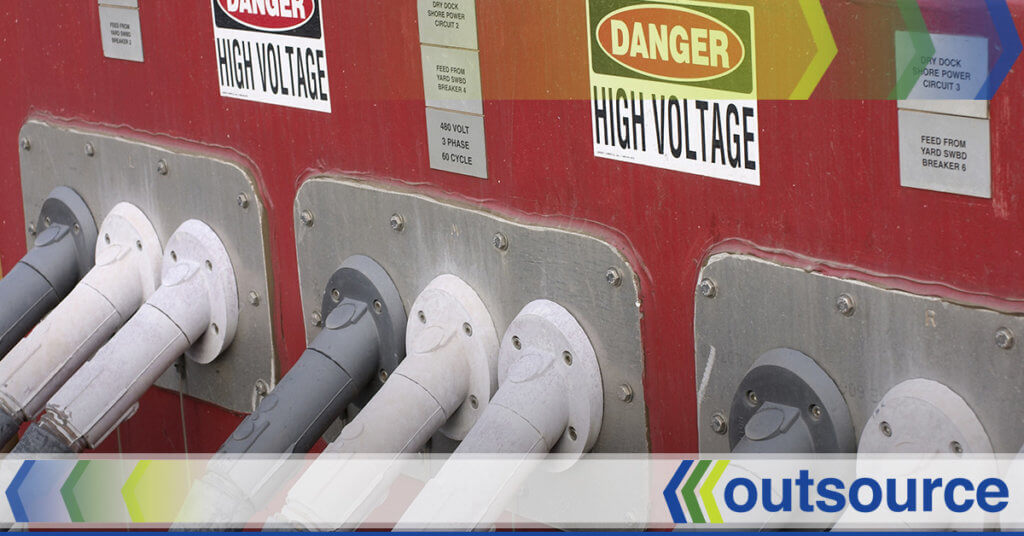
One of the biggest concerns of business owners is worker safety. Recognizing hazards and preventing workplace accidents should be the goal of every employee and manager. How to instill that into an organization, however, can be tricky.
You want to rest assured every worker is identifying and mitigating hazards, even if no one is around to point them out. Businesses who develop a hazard recognition process – provide comprehensive training – equip their workers with the knowledge to recognize hazards in the workplace.
After hiring a new employee, companies typically conduct briefings to talk about the expected hazards of the job. Unfortunately, these sessions can be become repetitious and lifeless, having little impact on the new workers. As a result, some of the hazards in the workplace can go undiscovered until an accident occurs.
Here are a few tips from safety professionals to create increased safety awareness among employees and supervisors.
Make it Personal
Workers tend to create a mental division between work and home. They are also inclined to reject the possibility there are any noteworthy hazards associated with routine tasks. One safety training professional uses these beliefs to show workers how risks are present in one of those standard tasks they perform away from work.
Mike Caro, CUSP, works in the utility industry. His training begins by asking workers to list the potential hazards in setting a mousetrap—there are between eight and twelve! After that, he asks his participants to consider the dangers for a recently licensed 16-year-old changing a tire on the side of the road. The list can be forty or more hazards long.
The main idea of these exercises is to get workers thinking about finding hazards where they might not have looked otherwise. It gets them to consider what it takes to keep their family safe during tasks unrelated to work and then to apply that same energy to identifying hazards at work.
Be Transparent With Your Employees
It’s vital workers understand your reasons for making safety decisions and why you have specific rules and policies. Many times controls are in place because limited resources prevent companies from actively eliminating every hazard. Caro’s goal is to teach workers how to prioritize the existing hazards so that the organization gets the most bang from its safety buck.
Workers are provided with forms, which they fill out and add to during various jobs, that help them to come up with safety controls that complement those that already exist.
Creating a Safety Culture
Getting your people to look for and recognize hazards in the workplace is essential to establishing a work culture that prioritizes safe productivity. Once workers have identified the hazards, they will naturally move on to finding ways to mitigate them.
Looking for Talented Electrical Workers? Reach Out to Outsource!
The staffing professionals at Outsource will help you find the best and brightest in electrical talent. Contact us today!

Discover The Power of Real Partnership
Let's talk about the world of possibilities and how we can partner to make them a reality.
Our Latest Resources
What's new in the world of work? Check out the latest highlights, including staffing trends, top insights and more.
Be Ready to Answer These Questions at Your Next Job Interview
Whether this is your first job interview or you've done several already, you will probably find yourself with a case of nerves as it begins...
Maneuvering Your Job Search Through a Pandemic
A global pandemic means times are uncertain, stressful and even a bit frightening. While the COVID-19 outbreak has not only caused a health crisis it has also caused an economic crisis as well...



